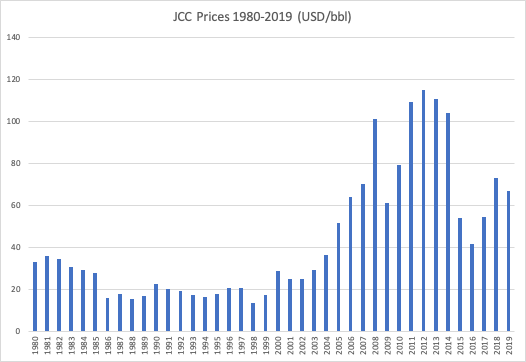Real-World Outcomes of Sacituzumab Govitecan in Metastatic TNBC

In a groundbreaking study presented at the 42nd Annual Miami Breast Cancer Conference, researchers have leveraged electronic health records to analyze treatment patterns and outcomes for patients with metastatic triple-negative breast cancer (TNBC) receiving sacituzumab govitecan. Metastatic TNBC is known for its aggressive progression and limited treatment options, with a dismal five-year relative survival rate of merely 14.3%, significantly lower than other breast cancer subtypes. The U.S. Food and Drug Administration (FDA) approved sacituzumab govitecan for patients who have undergone at least two prior therapies, including one in the metastatic setting, providing a critical option for this challenging patient population.
The study, led by Dr. Vikram Gorantla, aimed to describe the demographics, clinical characteristics, treatment patterns, and outcomes associated with sacituzumab govitecan in the second-line setting or later. Utilizing a comprehensive database, the Integra Connect-PrecisionQ, which harmonizes real-world electronic health record data from over 3.2 million patients and 5,000 healthcare providers across U.S. community oncology practices, the research team curated data from roughly 500 patients treated between April 2020 and December 2023. The analysis includes key clinical endpoints such as time to treatment discontinuation, overall response rate, and real-world progression-free survival.
Dr. Gorantla emphasized the importance of understanding real-world treatment patterns, stating, "By analyzing this rich dataset, we can gain valuable insights into how sacituzumab govitecan is utilized in clinical practice and its effectiveness in improving patient outcomes."
The results indicated that the majority of patients were female, aged between 40 and 65, with a mean duration of prior treatments before the initiation of sacituzumab govitecan being approximately 6.5 months. Preliminary findings suggest that the overall response rate was approximately 30%, with a median progression-free survival of around 4.5 months. Additionally, the study highlighted that treatment discontinuation was primarily due to disease progression or adverse effects, consistent with findings from previous observational studies.
Dr. Mary Ellen M. Hynes, an oncologist at the University of California, San Francisco, commented on the findings, stating, "These data underscore the need for ongoing monitoring of treatment efficacy in the real world, as clinical trial outcomes do not always translate into everyday practice."
Furthermore, the study's methodology involved a blend of automated data extraction and manual curation, enhancing the reliability of the findings. This approach allows for a more nuanced understanding of patient experiences and treatment effectiveness, as it incorporates unstructured data such as physician notes and biomarker testing results.
The implications of this research extend beyond individual patient care. The insights gained from the study could inform healthcare policy and resource allocation, especially as healthcare professionals advocate for improved access to innovative therapies for underserved populations. Dr. Fayanju, a leading health equity researcher at Johns Hopkins University, remarked, "As we delve deeper into real-world evidence, it is crucial to address disparities in treatment access and outcomes for diverse patient groups."
Looking ahead, researchers anticipate continued analysis of this dataset to provide further clarity on the long-term outcomes associated with sacituzumab govitecan. With treatment patterns evolving rapidly in oncology, ongoing studies such as this are essential for adapting clinical guidelines and improving patient care strategies.
In conclusion, the findings from this study contribute significantly to the understanding of sacituzumab govitecan in the treatment landscape for metastatic TNBC. As the medical community works towards enhancing treatment protocols, real-world data will play an increasingly pivotal role in shaping effective cancer therapies, ultimately improving survival outcomes for patients battling this aggressive disease.
Advertisement
Tags
Advertisement





